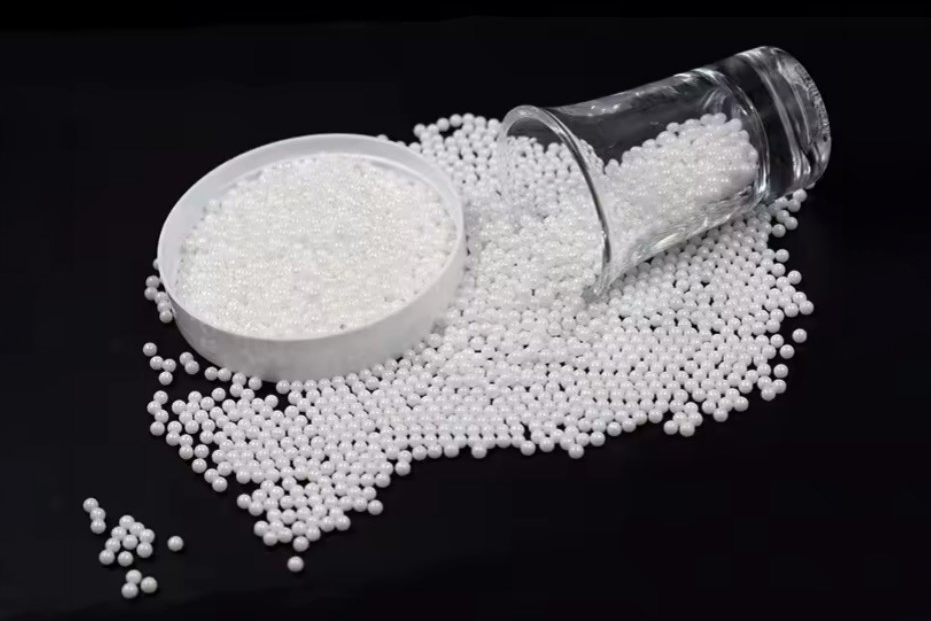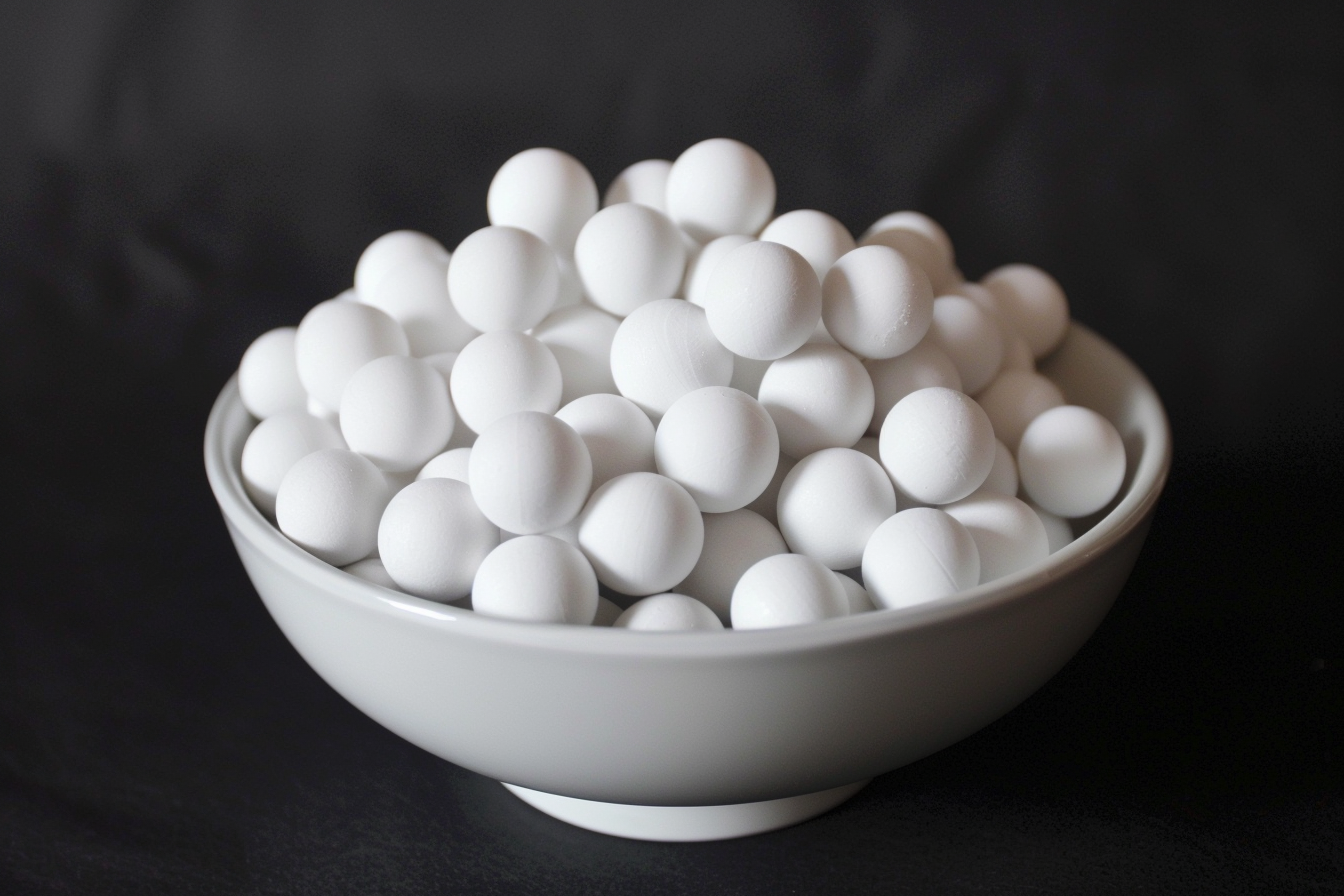What Are the Types of Silicon Nitride Ceramics?
5 Types of Silicon Nitride Ceramics
Silicon nitride ceramic is a range of advanced engineering ceramics characterized by high strength, toughness, and hardness and excellent chemical and thermal stability. The different types of silicon nitride, RBSN, HPSN, SRBSN and SSN, result from their methods of fabrication, which governs their resulting properties and applications. Here is an introduction to these 5 types of silicon nitride ceramics.
![]()
Reaction-Bonded Silicon Nitride (RBSN)
Reaction-bonded silicon nitride (RBSN) is made by carefully nitriding a silicon (Si) ‘dough’ or compact at about 1450°C. During the reaction, the Si3N4 grows in the porosity in the compact. This results in little dimensional change accompanied by an increase in density. This feature is the biggest benefit of RBSN, as it often allows parts to be made to near-net shape without the need for subsequent expensive grinding operations. A consequence of this reaction is that the final product contains porosity and as such its mechanical properties are inferior to those of the other types of silicon nitride ceramic. However, the material is relatively cheap to produce and has found applications, particularly as kiln furniture.
Hot Pressed Silicon Nitride (HPSN)
Hot-pressed silicon nitride (HPSN) has found applications as cutting tools for example. Applications tend to be for simple shapes as the hot-pressed ‘billet’ must be diamond ground to obtain the required profile. As a result, HPSN parts tend to be expensive and have largely been superseded by SSN.
![]()
Sintered Reaction-Bonded Silicon Nitride (SRBSN)
Sintered reaction-bonded silicon nitride (SRBSN) is a new attempt based on RBSN to reduce the final porosity of the product and thus improve its mechanical properties. More recent developments of sintered reaction-bonded silicon nitride (SRBSN) have shown improvements in toughness and impact resistance as a result of the growth of crack-deflecting silicon nitride ceramic needle-like grains.
Gas Pressure Sintered Silicon Nitride (GPSN)
Gas pressure sintered silicon nitride (GPSN) is obtained at 1~10MPA pressure and around 2000℃. The high nitrogen pressure inhibits the pyrolysis of silicon nitride and promotes the growth of Si3N4 grains so that high-toughness ceramics with a density of >99% can be obtained. GPSN has high toughness, high strength, and excellent wear resistance; it has good processing performance and can be directly processed into the target shape, greatly reducing production costs and processing costs.
Sintered Silicon Nitride (SSN)
Sintered Silicon Nitride (SSN) covers silicon nitride ceramic materials which are densified by pressureless sintering in a nitrogen atmosphere at around 1750°C. In order to aid densification, various combinations of sintering additives such as yttrium oxide, magnesium oxide, and aluminum oxide are used. SSN and sialon generally offer the best mechanical properties available for silicon nitride and are the most widely used in industrial applications such as molten metal handling, industrial wear, metal forming, the oil and gas industries, and the chemical and process industries.
Further Reading: An Overview of Silicon Nitride Ceramics
Conclusion
Thanks for reading this passage and hope that you now have a basic understanding of 4 types of silicon nitride ceramics. Advanced Ceramic Materials (ACM) is a leading precision ceramic manufacturer based in Santa Ana, California. If you feel interested in silicon nitride ceramic products, you can send us an inquiry or contact us via [email protected].
{{item.content}}
LEVE A REPLY
{{item.children[0].content}}
{{item.content}}
LEAVE A REPLY
SUBSCRIBE OUR NEWSLETTER
- Why Alumina Grinding Balls Are Replacing Steel Across Multiple Industries
- Case Study: Replacing Alumina Tubes with Mg-Stabilized Zirconia to Meet 1850°C Demands
- Case Study: Why 95% Alumina Beats 99% in Thermal Cycling
- Guide to Alumina Grinding Balls: Properties, Applications, and Selection
- Understanding DFARS Compliance: What It Means for Material Sourcing and Why It Matters











